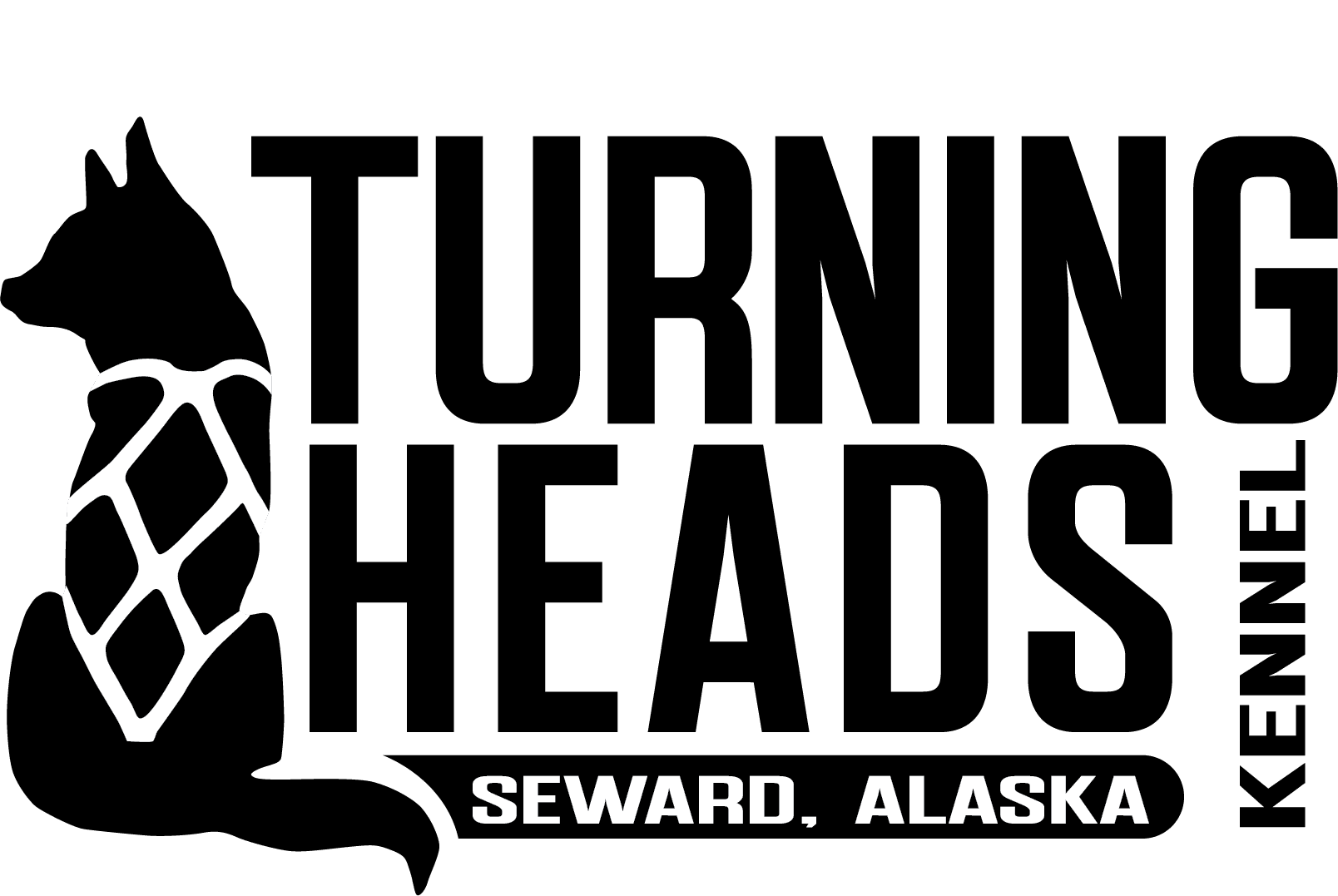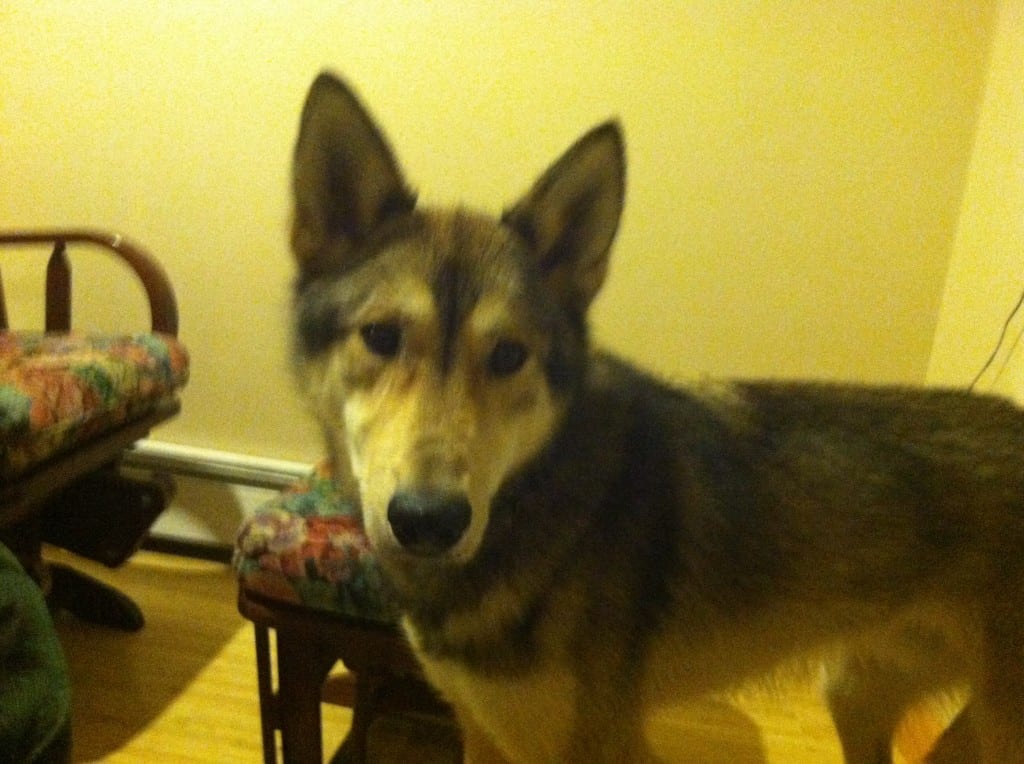One of the most important life lessons dog mushing has taught me, is that if you want to be successful then you have to set yourself up for success. You can’t go out on a run without planning ahead, in some capacity, and expect things to go well.
What can go wrong, in dog mushing, invariably does. So if you haven’t prepped yourself for things to go as well as possible by planning ahead and double checking your basics than you could be in for a long and aggravating run.
We always start our dog runs, in our living room. We plan out which dogs will go in which team and where they will run. This is important because if you don’t set your dogs up for success then you won’t have it either. That doesn’t mean we don’t experiment or change things up — we do quite a bit. But when we make changes whether it be trying a new dog in lead or switching partners, it is a calculated decision and not something done at the last minute.
After setting teams, we get our gear ready. Harnesses for the dogs, quickly inspecting them first to make sure they are in good working order, then booties. Then we go through our lines.
We always do a once over of our gangline; having it break is a musher’s worst nightmare. It’s happened to both Travis and I once. Lesson learned. Then we look at necklines and tug lines making sure nothing needs replacing. Finally, we check out out carabiners. Carabiners are used to connect the gangline to the sled and to the snow hooks. I always use two and before I head out on a run, I always make sure they are locked.
Then, it’s making sure we are prepped. On short training runs I always carry a small backpack with me. In it I stuff an extra layer or two, extra gloves, an extra hat, a spare headlamp and snacks. I also make sure I have water or Gatorade. I don’t bring much extra gear but I bring enough. I make sure I have a knife and a spare rope too. Also, we usually weight the sleds to some extent so I make sure I feel that I have an adequate amount of weight for the team I am driving and the trail conditions.
It may sound like a lot, but it becomes second nature after awhile and you start checking your gear before you even realize it. It’s important to do. Getting the basics right ensures things to go mostly right. When the basics are taken care of, mushing is a lot of fun. When they aren’t, it can be a stressful anxiety inducing nightmare.
So today was my first time back on the runners after being gone for Thanksgiving. I went through my interal list, slowly getting my gear ready. Finally, it was time to hook up the dogs. I had already harnessed and bootied everyone and had 8 out of my 10 dogs already hooked up in the team. Justin and Wyatt were also getting ready — we like running together.
I went to put the last two dogs in my team, walked back to my sled, and then stared down in disbelief: I didn’t have any running boards on my sled. Running boards are attached to the top of the sled runners and give your feet an easy place to grip. Without them, you are trying to balance yourself on about two inches of aluminum rail. It’s like trying to ski without having any bindings. If you aren’t careful, your feet slip right out from under you.
My heart sank. For a moment I wanted to curse myself but I couldn’t. Running boards are such a basic sled component it would have never occurred to me that they wouldn’t be there. That’s what I get for taking out a sled for the first time this season after its summer hibernation. You have to check everything.
But I decided I wasn’t going to let it stop me. I can do this, I told myself every time my confidence began to waiver. We didn’t have any extra running boards lying around that I could put on. Even if we did it would have been a process and the dogs were hooked up.
I shook my head at myself. How did this happen? I took a deep breath, told myself I would be fine, and pulled the hook. Off we went.
While I can’t say I had a great run, it also wasn’t terrible. I went approximately 25 miles but I didn’t feel comfortable on the sled until about half way. What I hated about that is when you don’t feel like you are in control, it is very hard to actually be in control. My job isn’t simply to hang on to the back of the sled, it’s to train my team. If I’m slipping and sliding around because I don’t have running boards, it becomes increasingly difficult for me train the dogs. But I couldn’t just resign to just holding on, either. I take my job seriously.
So I kept trying to figure out how to make things work. I’d try different foot positions. I gripped the sled differently. Eventually, I found my groove though occasionally a nook or cranny in the trail would send me lurching forward as my feet slipped on the wet aluminum. I had to laugh at myself.
In the end, the dogs and I enjoyed our run. It was great getting back (literally) on the runners and I knew should anything else unforeseen happen that I had the cleverness and resourcefulness to sort it out.
Now, I’ve added one more thing to my checklist. I know that things don’t always go according to plan but that doesn’t mean you can’t plan on being successful. By beginning with our end goal in mind, all the obstacles we face out on the trail are challenges we know we will overcome.
– Sarah





